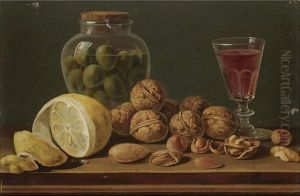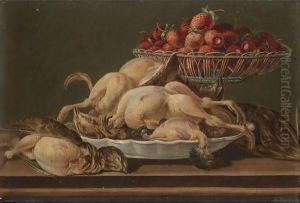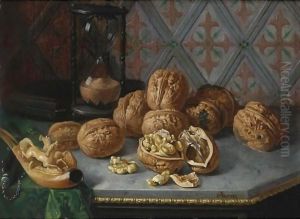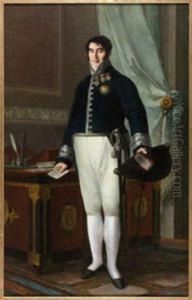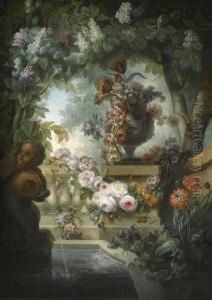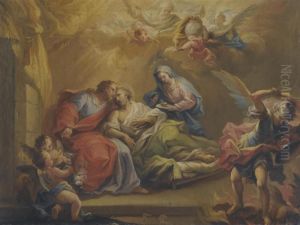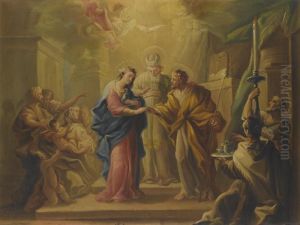Miguel Parra Paintings
Miguel Parra was a Spanish painter, born in Valencia in 1780. He was part of the artistic movement of Neoclassicism, which emerged as a response to the previous Rococo style, emphasizing simplicity, straight lines, and a return to the classical ideals of Ancient Greece and Rome. His education in the arts began at the Real Academia de Bellas Artes de San Carlos in Valencia, where he honed his skills and gained a deep understanding of classical art and its techniques.
Parra's work is characterized by its adherence to the principles of Neoclassicism, with a focus on historical and mythological subjects rendered with clarity and precision. Given the era in which he lived, his artistic career was undoubtedly influenced by the tumultuous events of the time, including the Peninsular War (1807–1814) and the subsequent political changes throughout Europe.
Not much is known about Parra's personal life or his career trajectory, but it is clear that he was recognized for his artistic talents during his lifetime. He contributed to the cultural landscape of Spain through his paintings, which were appreciated for their beauty and adherence to the Neoclassical aesthetic.
Miguel Parra's death occurred in 1846. His legacy is preserved in the art collections of Spanish museums and galleries, where his works continue to be studied and admired for their representation of Neoclassicism in Spanish art. Parra remains a notable figure in the history of Spanish art, and his contributions are still recognized by art historians and enthusiasts today.
